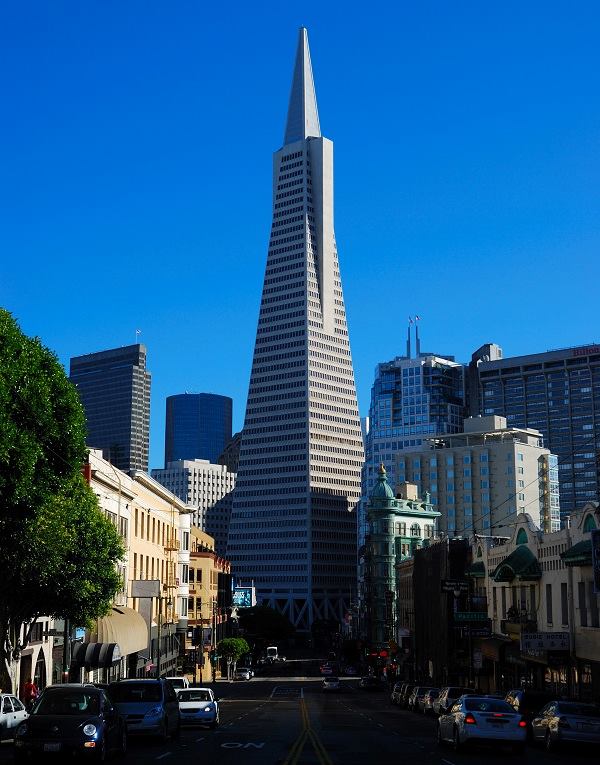Of all the buildings human beings make, towers are the most symbolic. As we see a renaissance of high-rises around the world, the meaning behind skyscrapers might be worth considering.
In Asia, “the ‘stans,” and the Arab Peninsula, most towers are traditional in their meaning: They stand for the wealth and power of the commissioning agency, whether it is a developer, a private entity such as a corporation, or a (quasi-) governmental agency. These towers tend to thrust up with the best, each proclaiming itself to be what Louis Sullivan calls “a proud and soaring thing.”
In New York, where the latest skyscrapers are residential and units are squeezed into ever-taller pencils, that meaning has become refined. There the towers are symbols for the transformation of Manhattan into the haven of choice for the global one percent, who will soon ride the ridge of 57th Street in their castellated turrets. Their aeries are rising out of bases of luxury retail and will overlook those who have to make do with apartment blocks rather than spires with single-unit floors. That symbolism became even more poignant this week when it was revealed that one of those towers will have a “poor door” that will shuttle the occupants of the tower’s rent-controlled units in and out of the structure without disturbing the skyward float and serene cocoon of the high-rise residents.
In Miami, nobody seems to be able to make a tower that can stand up to that designation. Not OMA, not Herzog & de Meuron, not Zaha Hadid Architects, not Bjarke Ingels Group. All have proposed what look like tortured slabs, their façades undulating to mitigate their bulk and catch precious views, their structures expressing themselves like the muscled marvels of the beach below. Miami’s strength is its collage of different cultures baking under the sun, and extrusion seems to happen only to differentiate the wealthier, offering privileged views and security, while subjecting them to the same desire for supine suppleness. Miami is still not a city of towers but one of horizontal hedonism.
Finally, and most poignantly to me, comes the news that one of the purest symbolic towers I know will likely soon disappear. For generations, one object has stood out along the avenues and boulevards, the high-rise slabs and low-rise rental bunkers of Los Angeles’s Westside: an oil derrick on the grounds of Beverly Hills High School. Situated right where Olympic Boulevard makes a sweeping, downward turn on its way to the ocean, it stands out as an enigmatic object. At the beginning of this century, it was painted with flowers, which might have made it prettier, but also sillier. That art treatment could nevertheless not deny what the derrick stands for, which is the presence of the kind of geology that has shaped California, offering it riches in the form of oil and fertile soil, while threatening its stability with earthquakes and a lack of water. The tower reminded us—unlike the towers of privilege—of reality. Now it will make way for a high school campus whose banality looks to be equally breathtaking but exactly the opposite: a denial of landscape, history, and everything else real.
The oil derrick is an accidental landmark, and many towers are, but the best all have peculiarities that make them work as such: the Burj Khalifa and the Sears (now Willis) Tower have come to stand for their cities by their sheer height, but also the way their thrust makes that scale evident. The design of San Francisco’s Transamerica Pyramid and the abstraction, location, and function of the oil derrick make these towers potent symbols. The new crop of high-rises presents purposeful symbols of wealth and power to which the rest of us cannot answer. These towers also have none of the qualities that made their predecessors beautiful, distinctive and, in the many interpretations and associations they evoked, powerful symbols of our aspirations or hubris.
Aaron Betsky is a regularly featured columnist whose stories appear on this website each week. His views and conclusions are not necessarily those of ARCHITECT magazine nor of the American Institute of Architects.
